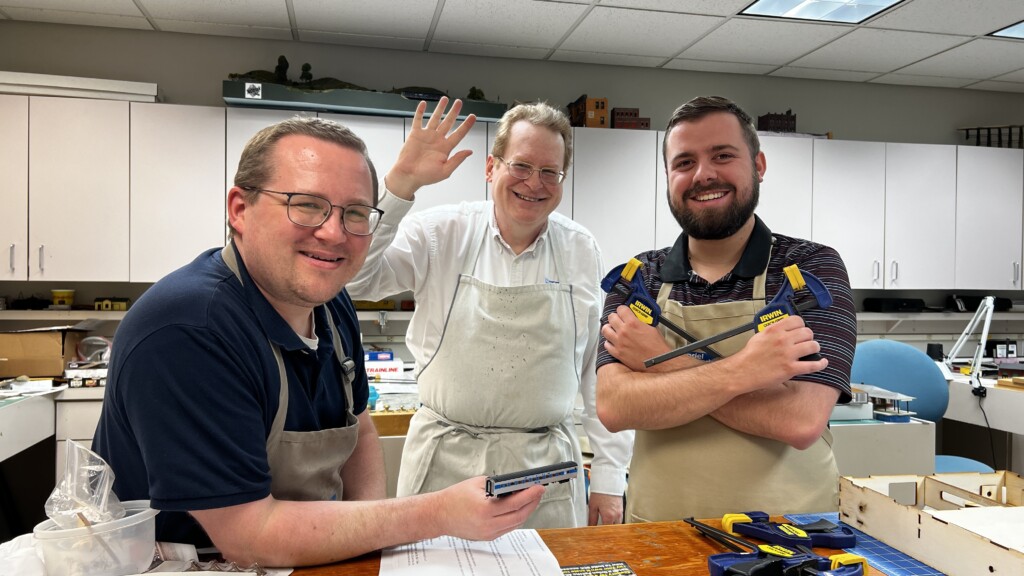
Midday Modeler – June 28th, 2023. It’s the season finale of Midday Modeler! David Popp and Cody Grivno are your hosts this week. Lucas stops by to talk about the Young Guns series. Cody shows off a new Atlas N Scale hopper, then show off a structure he’s been working on. Mitch pops in to […]
Read More…
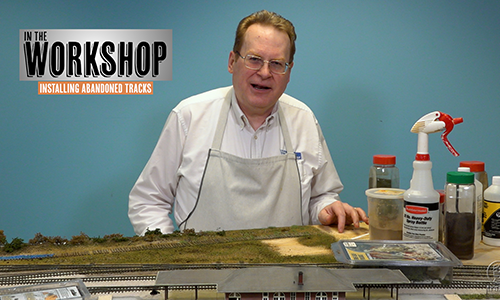
In the course of building the HO scale Freemont Mills model railroad, Steve Otte shares his technique for adding a realistic representation of abandoned tracks. After gathering the essential materials – stained wooded ties, masking tape, and a spacing jig – Steve demonstrates the complete process, including how to add subtle scenery effects that help […]
Read More…

News & Products for the week of June 26th 2023 Model railroad operators and builders can get the latest information about locomotives, freight cars, passenger cars, tools, track, and more by reading Model Railroader’s frequent product updates. The following are the products Model Railroader editors have news on for the week of June 26th 2023. […]
Read More…
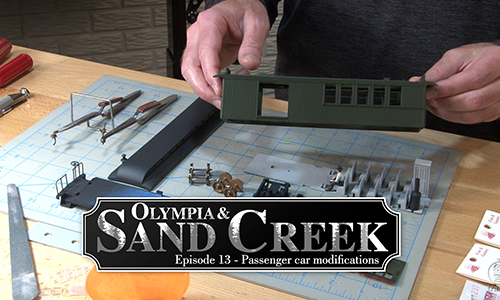
David returns to the task of pulling the painted parts and pieces together…all in manner that ensures the passenger car will operate as well as it looks. But before he puts a lid on this project, David also shows how to add the most important component – the paying passenger figures! Before he gets away, […]
Read More…
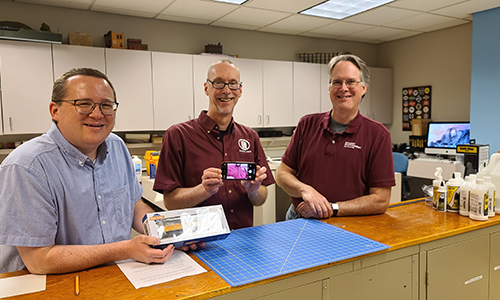
Midday Modeler – June 21st, 2023. David Popp, Cody Grivno, and Eric White are your hosts this week! Cody shares the new Athearn F59PHI locomotive that just arrived at the office. Then the crew answers a couple viewer questions. Steve Otte gives an update on scenery progress on the project layout. Cody shows off Bachmann’s […]
Read More…
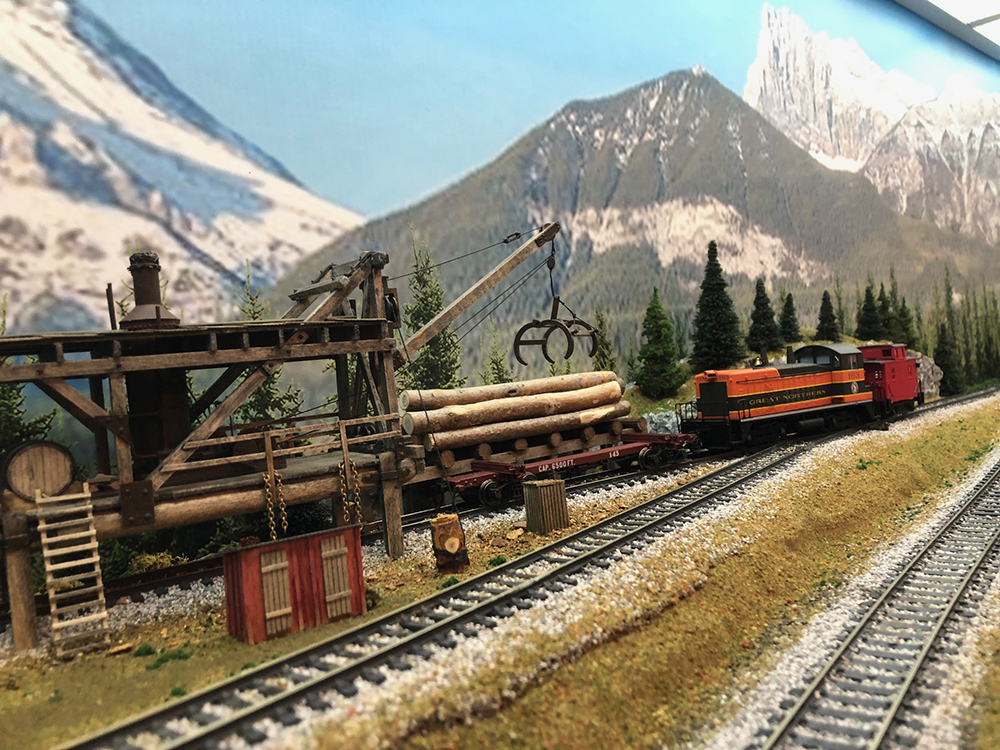
Built by Others is an article series showcasing layouts constructed by modelers using plans and projects from the pages of Model Railroader and its associated products. The Olympia series started on MR Video Plus as an On30 logging railroad video series. Jean Levasseur converted the layout to HO scale and made some modifications to the […]
Read More…

News & Products for the week of June 19th 2023 Model railroad operators and builders can get the latest information about locomotives, freight cars, passenger cars, tools, track, and more by reading Model Railroader’s frequent product updates. The following are the products Model Railroader editors have news on for the week of June 19th 2023. […]
Read More…
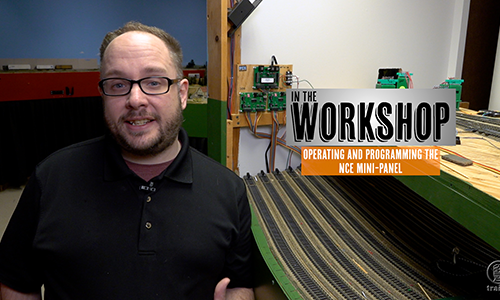
Back on the MR&T HO scale model railroad, Ben demonstrates how to program the NCE Mini Panel device used to send out DCC commands to locomotive, accessory, or signal decoders. Ben’s thorough explanations of the NCE Mini Panel, its connections, and the programming steps required to make it a useful tool on your layout are […]
Read More…
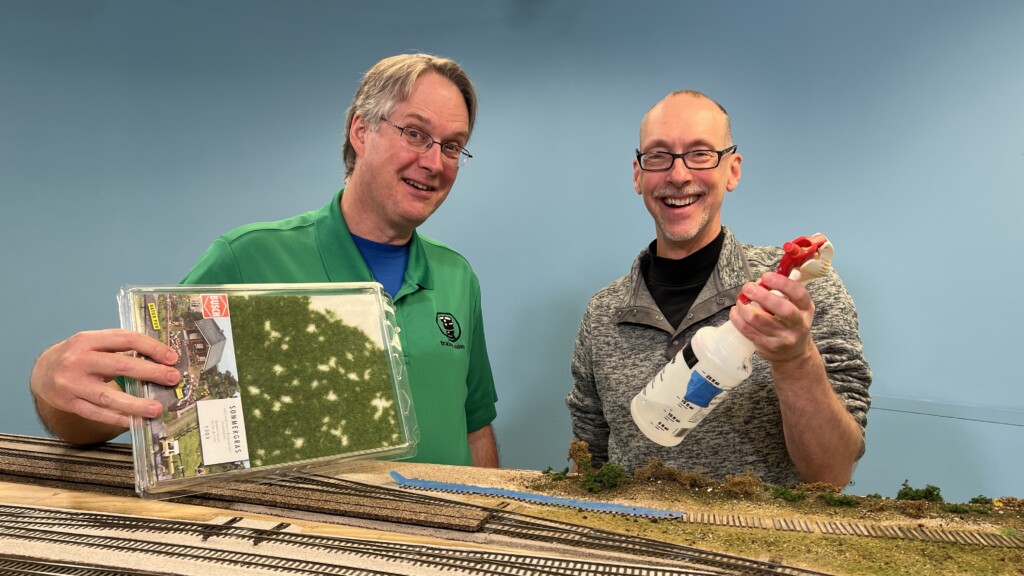
Midday Modeler – June 14th. 2023. David Popp is back hosting this week’s episode. The end is in sight for the competition of the project layout! David, Cody, Eric, Steve, and Mitch all give updates on the layout and various projects associated. Questions for the Crew? Post them down below in the comments section! […]
Read More…
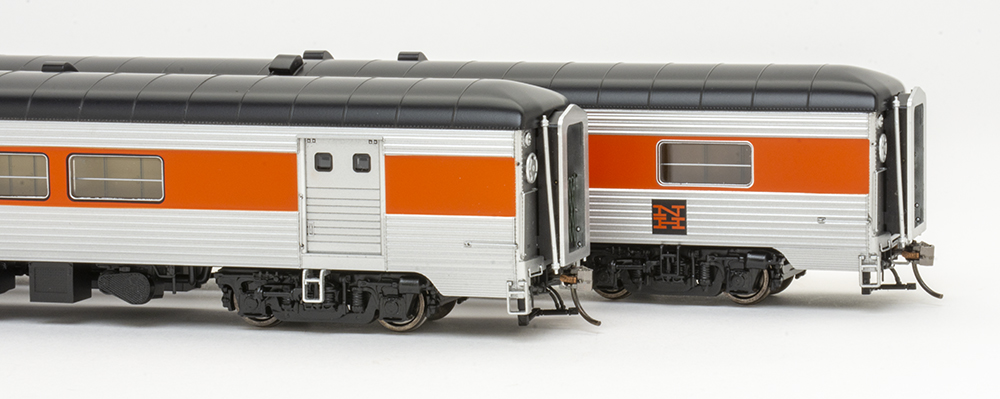
Rapido Trains HO scale P-S New Haven County-series baggage-lounge cars: Rapido Trains has been a great friend to New Haven passenger train modelers, providing icons such as the EP-5 electric passenger locomotive, EMD FL9s, and an ever-growing fleet of HO scale NH Pullman-Standard stainless-steel and lightweight Osgood-Bradley passenger cars. The most recent additions are the […]
Read More…











